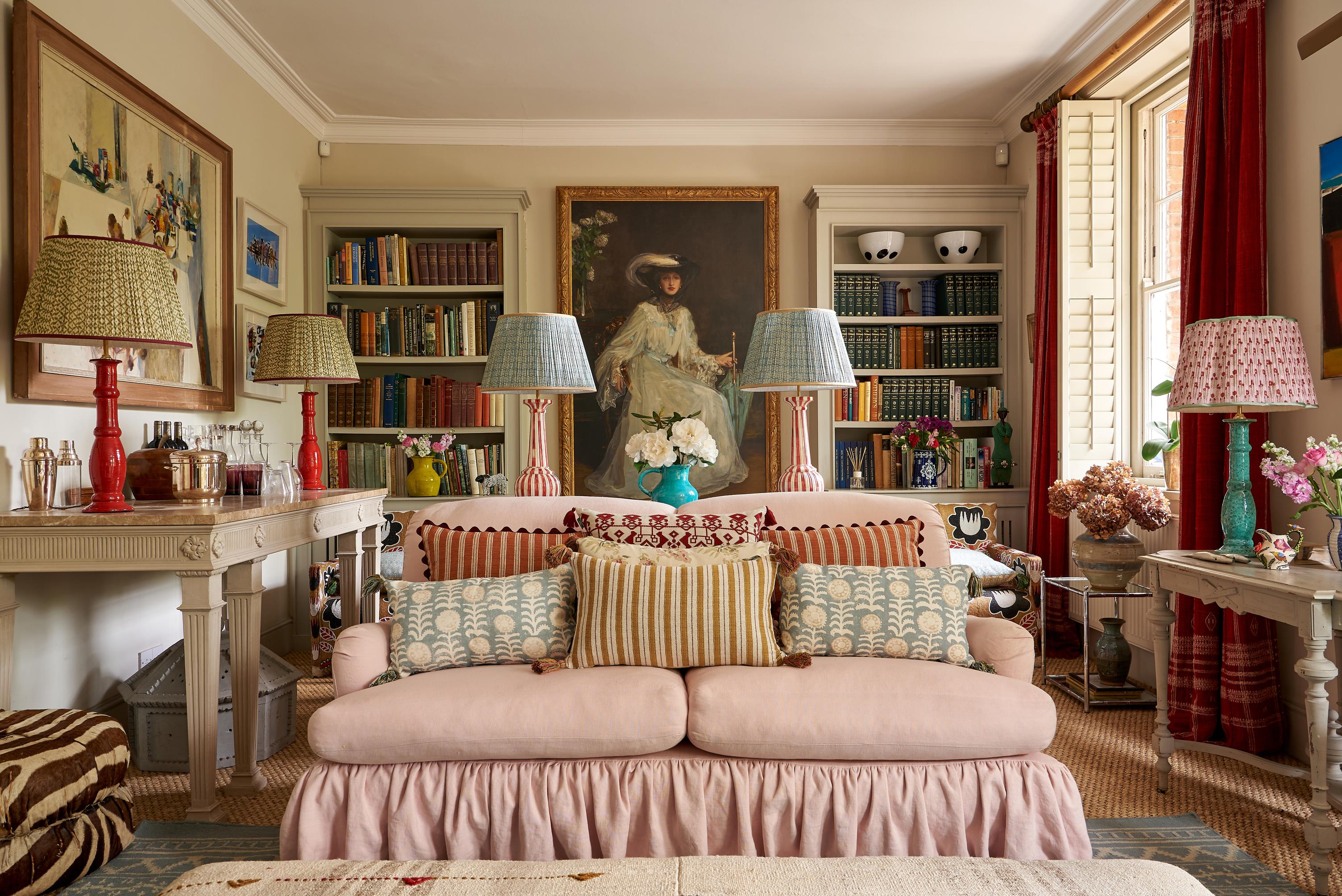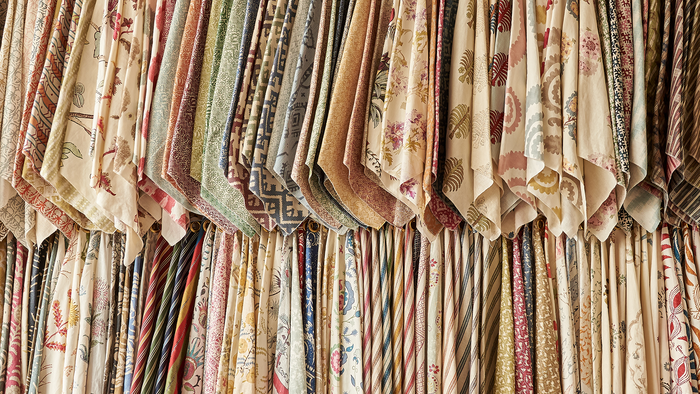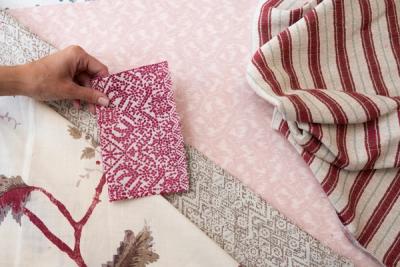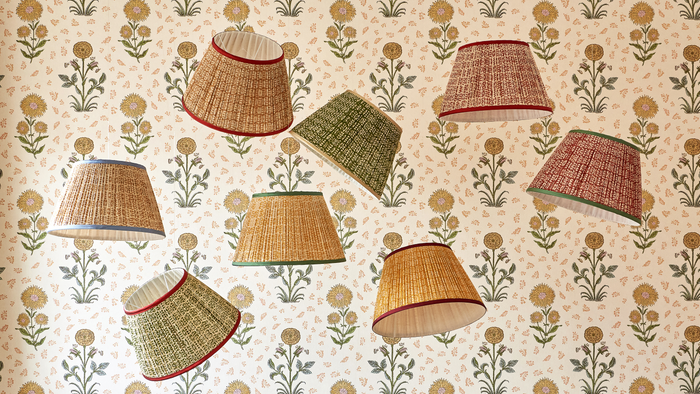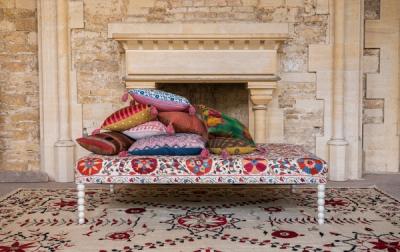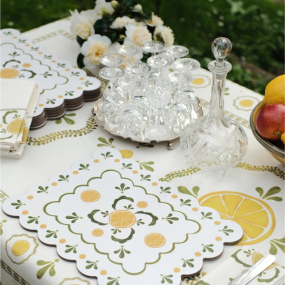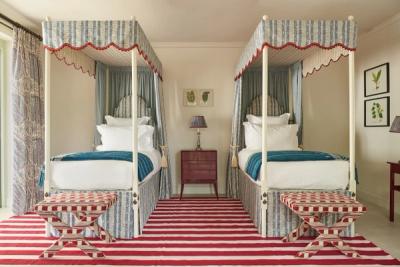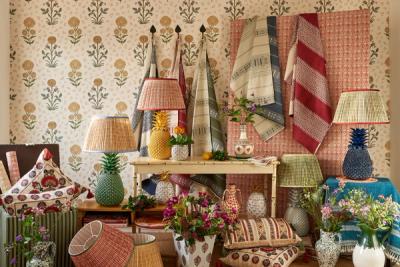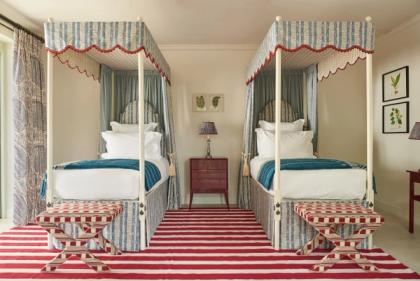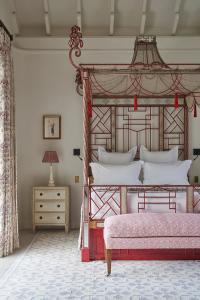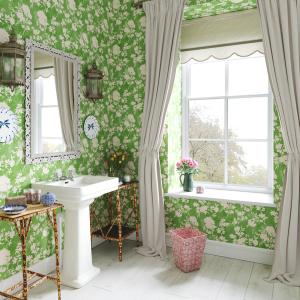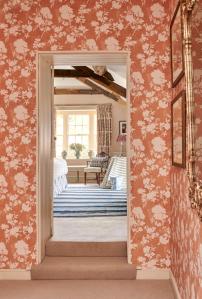Decoration
What Makes the Rustic Style So Popular?
Seduced by rusticism? You’re not alone. Click here to find out more about what it is that makes rustic design so popular, and how to capture it in your home.
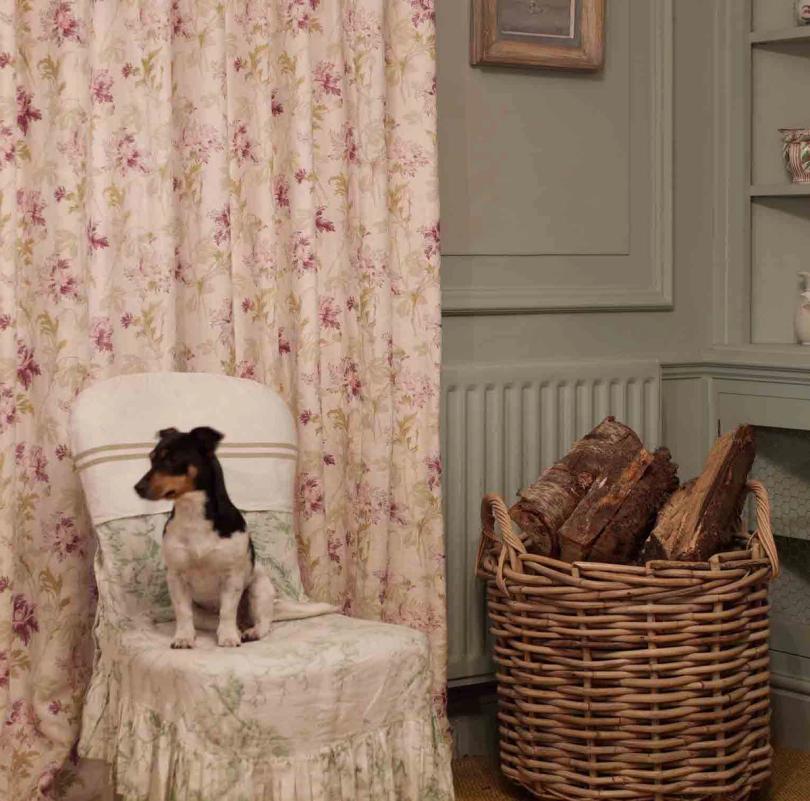
What Makes the Rustic Style So Popular?
Rustic design is consistently popular. While other trends and styles seem to drift in and out of favour across the years and generations, there’s something about rusticism that makes it a lot more resistant to the ebb and flow of the trend cycle.
The term ‘rustic design’ is fairly broad and prescriptive, but it tends to conjure up very specific images in our minds of exposed wood, cosy lighting, mismatched patterns and prints, cosy spaces lit by a roaring fire, the enveloping smell of home-cooking and the quirks of a well-lived-in family home.
Here’s what you need to know about rustic design’s enduring popularity.
Rusticism is an antidote
There’s a certain feeling that washes over us when we leave a busy street in favour of a quiet path away from it all or when the front door finally closes for the last time that day and ushers in a silence unlike any other. It’s a sense of separation and of sinking back down into oneself after feeling just a little disconnected for a few hours or days.
Rusticism is the closest design style we have to that feeling. It’s nostalgia and comfort incarnate – an eclectic assortment of mismatched furniture and pieces that have been collected over decades (or, in some cases, centuries) that are uniquely familiar to us, and that fit together not because they’re expressly coordinated but because they tell a story we know better than anyone else.
It emphasises the simple joy of finding something beautiful
Rustic design is very liberating. It creates a lot of space for a seemingly untactful collection of pieces, objects, and textiles – things chosen because they appeal to our sense of what’s beautiful and what cannot be left behind.
So far as interior design is concerned, this is about as fun and fulfilling as it gets – the freedom to see and choose and collect what, in your opinion, demands collecting. The end result is something entirely unique and entirely beautiful.
It leaves space for imperfections
A lot of the pieces we can buy to furnish and decorate our homes with are, in one sense, perfect. They’re produced in large numbers according to a very specific design and, often, that production is executed by machinery and lengths of code that ensure a high degree of consistency across very large quantities. We’re used to seeing things exactly as they should be and, for a lot of people, the novelty has long since worn off.
Rusticism embraces slower methods of production and a more idiosyncratic style of décor. Original artworks and hand-painted tableware, for instance, feature the little quirks of the human hand – a heavier pigmentation here, a point at which the ink almost ran out there.
In that sense, these imperfections are far more desirable than perfection. They lend character and charm, and they bring a multi-faceted beauty into the space.
It’s timeless
A lot of interior design trends naturally date themselves to a particular point in history. Modernism will forever be tied to the mid-century, for instance, while it would be impossible to ever separate conversation pits from the 70s or the pine kitchen from the 90s. There’s nothing strictly wrong with that, and some of the most impressive spaces are inseparable from a particular period or movement in design.
But, if you want your home to survive decades of changing tastes and styles, rustic design is one of the most versatile and adaptable. It lends itself to growing collections of curiosities and beautiful objects, to an uncoordinated array of linens or soft furnishings, and a mismatch of furniture pieces gathered over many, many years.
Rusticism doesn’t age, and that can be a great relief if you’ve been feeling like a slave to the micro-trend cycle.
It’s versatile
Some interior design styles demand a much more discerning eye for choosing new pieces. Some sort of harmony needs to be felt between what one already has, and what one needs, and that can mean that the home or space doesn’t lend itself to redecoration.
Part of the charm of keeping house is being free to wake up on a sunny Sunday morning and decide to rearrange the furniture and the bookshelves, the side tables and the little nooks and crannies we like to fill. When your style errs on the side of rustic, it’s a lot easier to ring in those changes; it’s less about the overall look and feel of a room, and more about what you can do with the individual spaces and surfaces available to you.
More from Decoration
